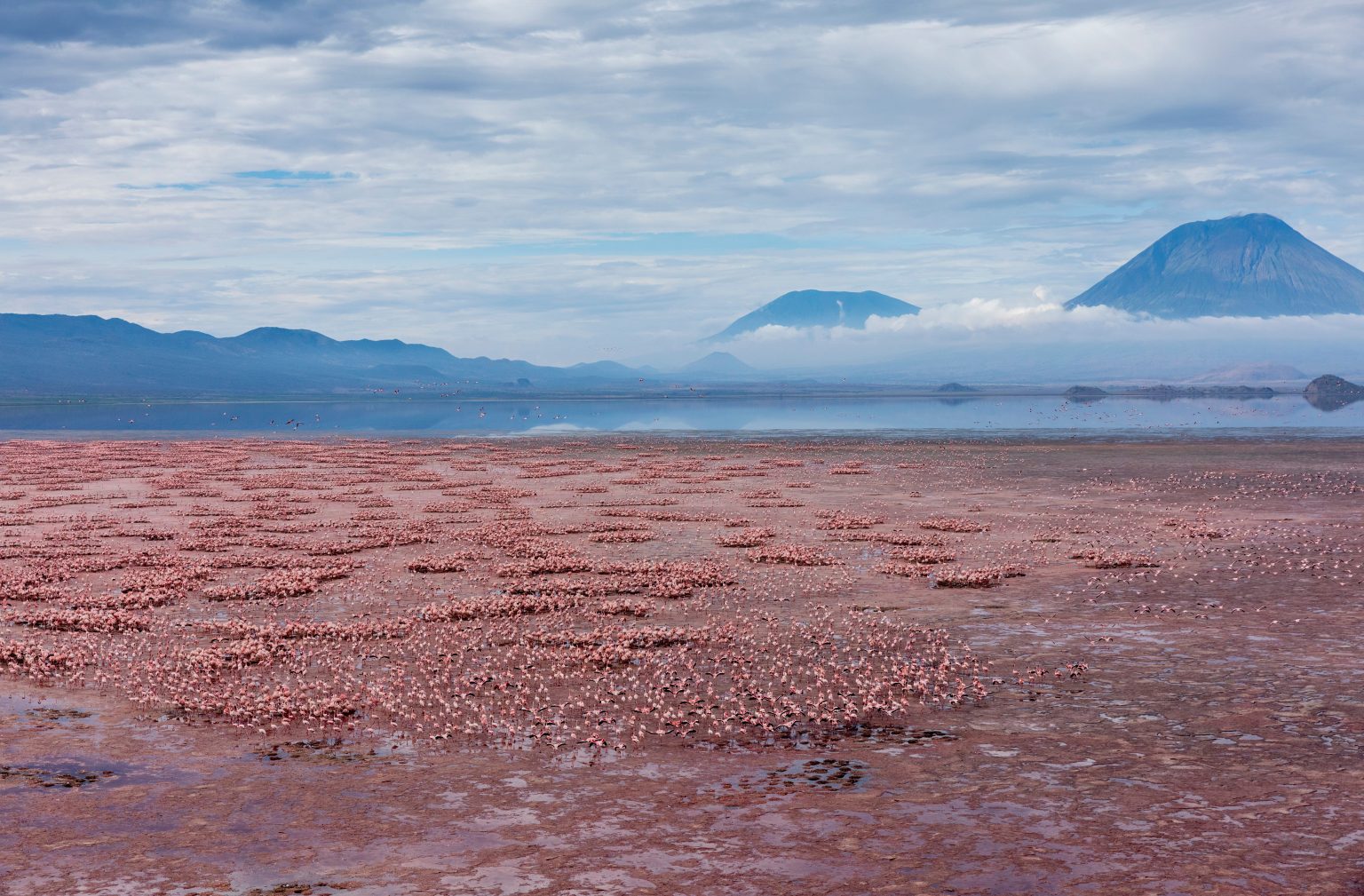BirdLife International and the World Bank’s landmark partnership for the African-Eurasian Flyway

Lesser Flamingos in the wetlands surrounding Lake Natron, Tanzania © Danica Delimont / Shutterstock
15.10.2025
BirdLife International and the World Bank are teaming up to launch the African–Eurasian Flyway Initiative (AEFI) – a new initiative aimed at scaling up conservation along one of the planet’s most remarkable ecological networks, the African-Eurasian Flyway (AEF).
The African-Eurasian Flyway is a vital migratory corridor for birds from the Arctic tundra to southern Africa’s wetlands. Each year, more than two billion migratory birds from over 500 species travel this avian superhighway, relying on wetlands, grasslands, and coastal habitats along the way to feed, rest, and breed. These same habitats also sustain local communities, providing clean water, grazing areas, and opportunities for sustainable livelihoods.
However, key sites along the flyway are under threat from habitat loss, illegal hunting, and climate change. Losing these places would have serious consequences for the birds that rely on them to rest, refuel, and breed.
BirdLife International’s strategic network of over 50 national partner organisations along the African-Eurasian Flyway brings extensive experience in implementing integrated conservation measures for nature, birds, and people. Building on this foundation in partnership with the World Bank, the African–Eurasian Flyway Initiative (AEFI) aims to mobilise significant international finance to restore degraded wetlands, grasslands, and coastal habitats, ensuring that development planning works with nature, not against it.
Backed by the World Bank’s PROGREEN fund, which promotes nature-based solutions for climate and biodiversity, the initiative’s first phase will focus on strengthening local knowledge and capacity, piloting practical restoration approaches, and integrating these lessons into future Bank investments. These efforts will lay the groundwork for long-term investment in flyway restoration and community-led habitat management.
BirdLife International CEO Martin Harper concluded: “This initiative draws on BirdLife’s experience across the world’s other Global Flyways to step-up integrated conservation and restoration of critical sites across continents and national borders. We have applied cutting-edge science for more than 100 years, giving us the latest data on priority species and the sites that need protection along their migration routes… Using birds as our compass, we unite conservation across borders, all over the world, to protect flyways from beginning to end. Migratory birds’ plight is the planet’s plight.”